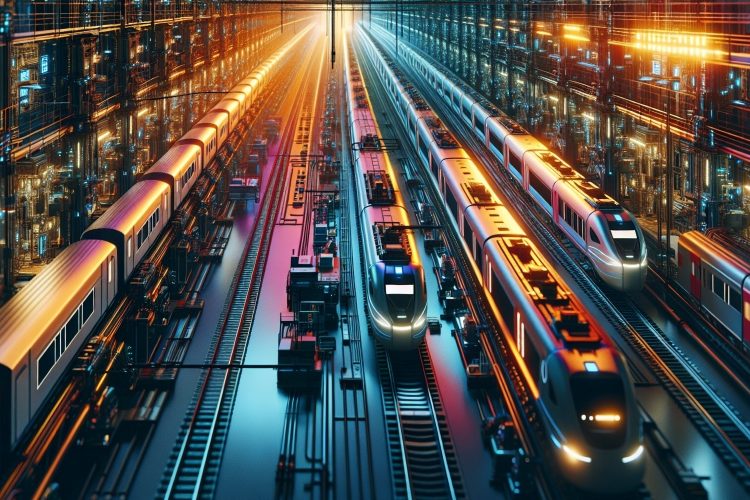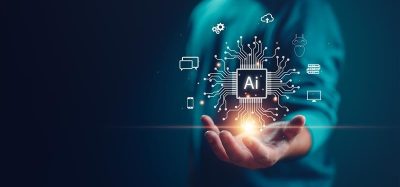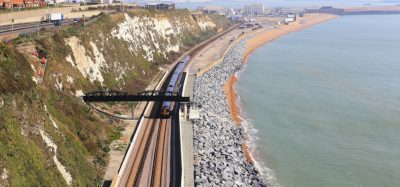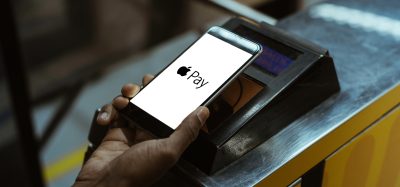From Data to Decisions: Unlocking Rail Potential with Digital Twins
Posted: 3 July 2025 | Breda Kiely, Elizabeth Jordan - Global Railway Review | No comments yet
In today’s measurement-rich environment, rail and transit owner-operators have access to more data than ever, from track geometry and IoT to inspection logs and environmental conditions. But the real challenge lies not in collecting data, but in making it actionable.


That’s where digital twins are transforming the game. By integrating data across the network, digital twins offer a dynamic, real-time view of infrastructure. They provide insight into the past, present, and future condition of linear assets, empowering teams to make faster, smarter decisions.
The Rise of the Performance Digital Twin
Rail and transit agencies are increasingly adopting technologies like AI, machine learning, and IoT to enhance asset management. This is just the beginning—much more data can be utilized by leveraging open standards and interoperability, enabling users to integrate external data sources, third-party tools, and their own analytics directly into a digital twin.
Condition monitoring and advanced analytics are already improving safety and reliability, but digital twins take this further. By continuously surveying assets, visualizing networks in 3D, and analysing data in near real time, they introduce time and context into asset management. This enables agencies to track evolving conditions, anticipate issues, and plan interventions with greater precision.
Despite the complexity of rail networks, digital twins help turn that complexity into clarity, redefining how infrastructure is designed, built and maintained.
Solving rail data challenges
Rail networks are inherently linear, and traditional enterprise asset management systems often struggle to represent these relationships accurately. Digital twins enable rail operators to understand how assets interact over time, whether it’s a section of track, a turnout, or a signal system. This insight is crucial for understanding the root causes of local issues, such as asset condition, maintenance history, and related infrastructure, and for evaluating their impact on overall network performance.
Work is often segmented and performed by different teams over time. Without a clear view of cumulative impact, asset history can be lost. As the industry evolves, digital twins are becoming essential for managing risk, meeting rising expectations, and delivering better outcomes for passengers and communities.
The importance of data quality
Data-driven decisions are only as effective as the data behind them. Incomplete or outdated data can lead to missed opportunities, or worse, incorrect decisions. Digital twins provide a continuously updated, single source of truth.
While digital twins are powerful enablers of efficiency and reliability, realizing their full potential requires more than just technology. t demands a shift in how we work. Moving from reactive to proactive operations is a journey that involves process change, not just digital adoption. Like any major industry transformation, this shift must overcome technical, legal, and cultural hurdles. New skills and talent must be developed, training infrastructures established, and organizational cultures evolved to embrace new ways of thinking and working
For example, shifting from reactive to proactive maintenance through better use of data is already delivering results: reducing downtime, extending asset life, improving safety, and optimizing budgets.
Innovation meets impact: real stories of digital twin success
These benefits are not just theoretical but are being demonstrated in real world success stories like the Carstairs Junction upgrade in the United Kingdom. Here, the digital twin played a pivotal role in minimizing disruption and accelerating delivery. Developed by Arcadis in collaboration with Network Rail and Babcock International, the digital twin served as a dynamic, data-rich model that enabled precise coordination of design and construction activities. By simulating real-world conditions and integrating various data sources, the digital twin allowed stakeholders to visualize the project, communicate design intent clearly, and make informed decisions in real time. This approach significantly reduced the time required for 3D modelling and helped limit rail closures to just 88 days, ensuring minimal impact on one of the UK’s busiest rail corridors.
The recently created Severn Tunnel digital twin has revolutionised how engineers manage and maintain one of the UK’s most complex and challenging rail tunnels. By creating a richly detailed digital twin, Network Rail has been able to visualise and analye the tunnel’s intricate systems, including drainage, signalling, and electrical infrastructure, without needing to halt train operations. This virtual model not only enhances safety and efficiency but also transforms a historically difficult-to-access environment into a manageable, data-driven asset, laying the groundwork for smarter, more proactive infrastructure management.
A technological turning point
With tighter budgets, stricter regulations, and growing expectations, the rail industry is under pressure to do more with less. Digital twins offer a way forward. By harnessing big data and AI, they help owner-operators manage complexity and improve performance across the asset lifecycle from planning and design to operations and maintenance.
At Bentley, we’re proud to support this transformation. Our solutions are helping rail organizations worldwide unlock the full potential of their infrastructure making networks safer, more reliable, and future-ready. To learn more, visit Bentley’s website here.
About the Author


Based in Dublin Ireland, Breda holds a bachelor’s degree in economics and finance from the University of Limerick and a master’s degree in digital marketing from the University College Dublin.








